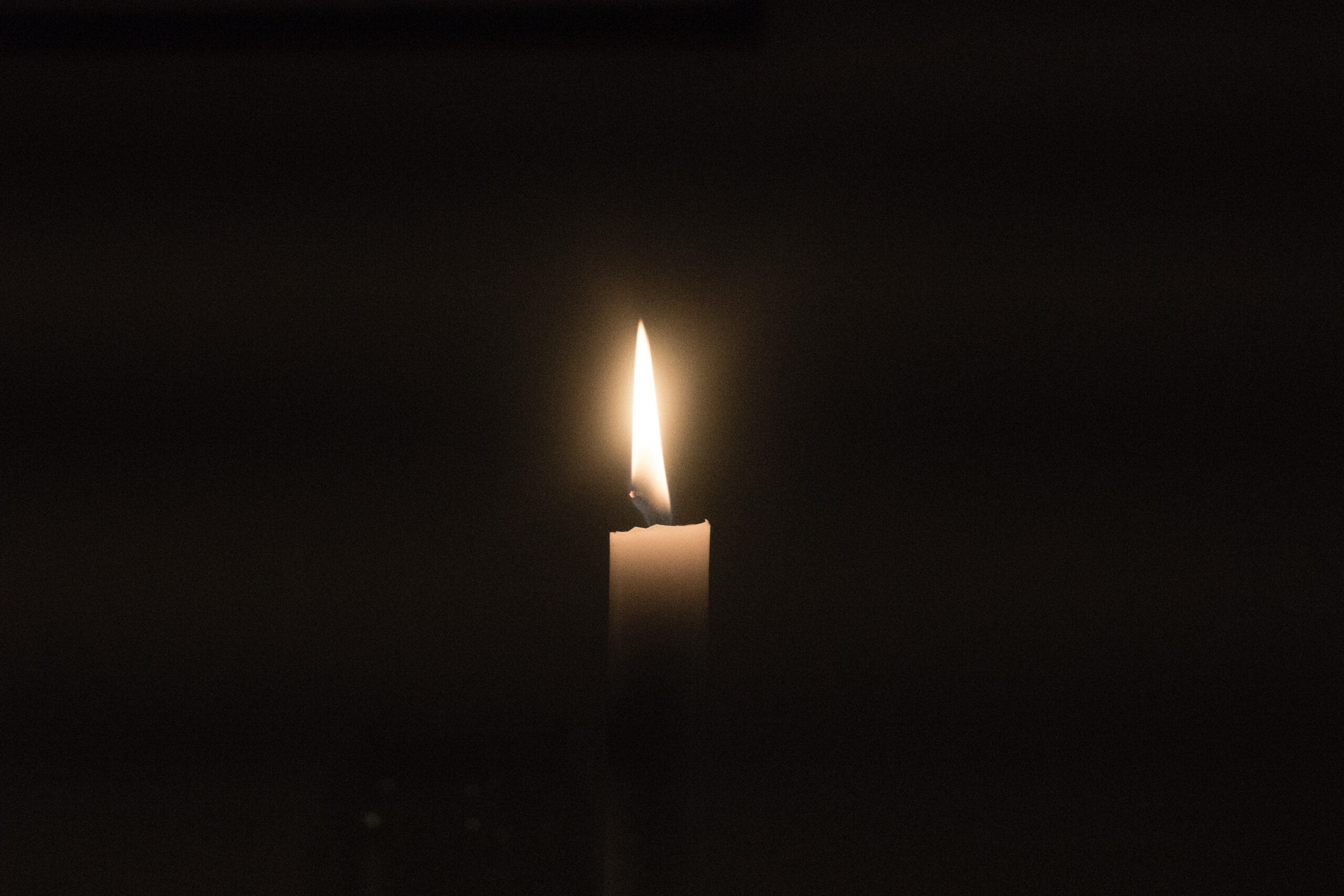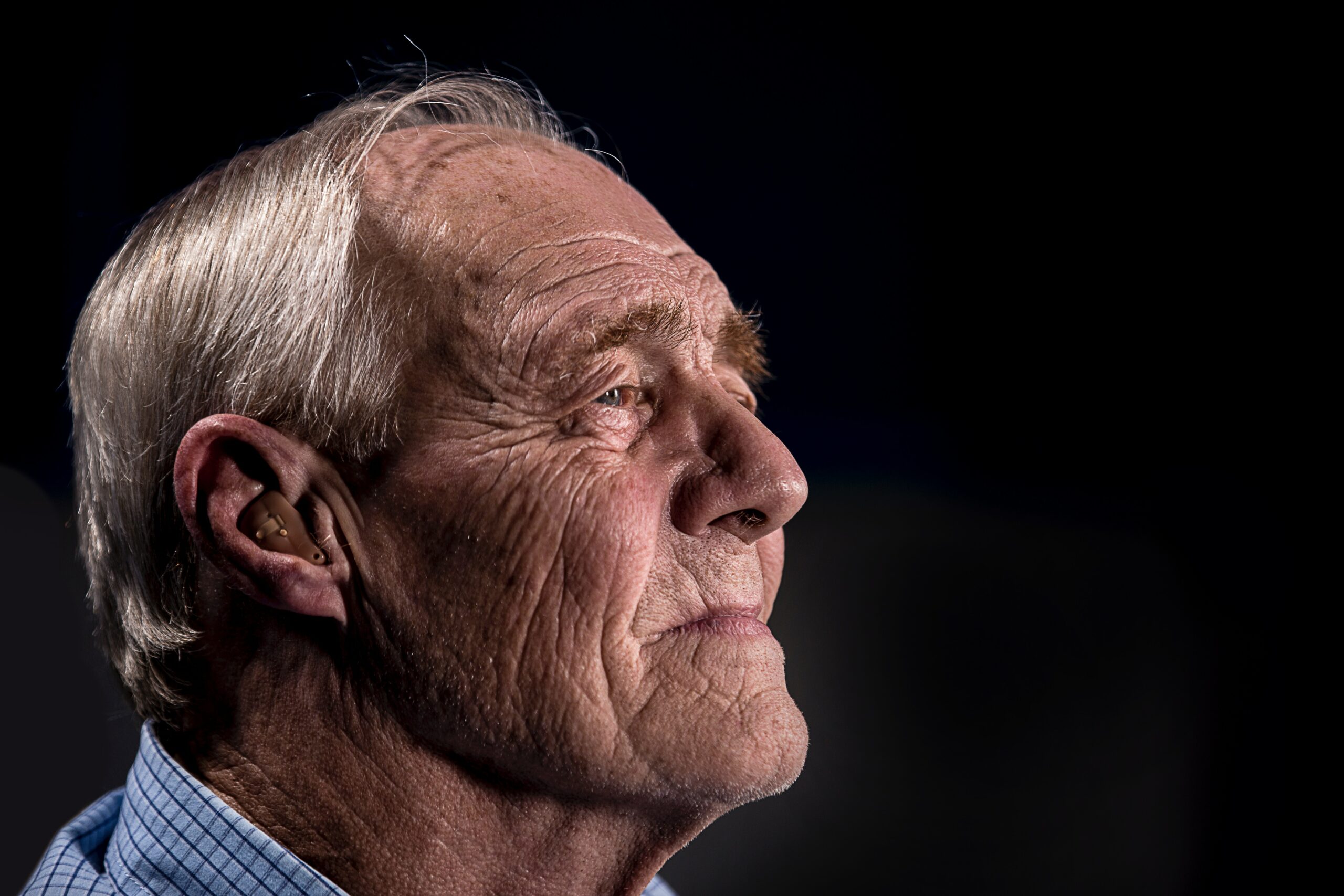While you might think seniors would be the last people to want to “romanticize” dying, bringing death out of the closet is actually healing…
Continue readingEnding Elder Abuse: What It Takes
Shockingly, elder abusers are most often family members — the very people a senior ought to be able to trust…
Continue readingMusic of Immortals: Meet Japan’s Granny Pop Band
McCartney is still rocking out in his 70s. So are the Stones. But they can’t hold a candle to what’s happening in Japan…
Continue readingSegregation Isn’t Just About Race or Culture
Ageism is huge in America — and it may be a result of societal segregation, not age itself.
Continue readingAD for AD: Advance Directives and Alzheimer’s Disease
A typical advance directive, while a step in the right direction, may not protect you if you develop dementia
Continue readingMoving’ On: When the kids move back
How do you set smart boundaries when your adult child asks to move back home — with the grandkids?
Continue readingWhen Medicare and Social Security Go Broke
How do dire predictions of Medicare and Social Security insolvency affect the reverse mortgage industry? It’s potentially positive news for HECM professionals.
Continue readingYou’re 55+. Now What?

A century ago, most people passed away soon after they retired. Life spans were decades shorter than they are today, and people literally worked right up until the day they died.
Today, when a retiree at age 65 can expect to live an additional generation or more beyond retirement, many older adults are embarking on encore careers or transitioning into satisfying volunteer activities. But retirement itself begs the larger question: how do we do it?
How to Live in Retirement
Parents prepare us to enter primary school, often getting us accustomed to being away from home in nursery school or a daycare setting. Then college prepares us (more or less) to enter the workforce.
But while there are financial planning and retirement planning experts, such as reverse mortgage professionals, who focus on the practical aspects of having enough money to live on in retirement, no one teaches older adults how to be retired, maintains Joseph Coughlin, founder of MIT’s AgeLab and author of The Longevity Economy.
He writes, “Retirement is perhaps the largest purchase you will ever make. And it is a purchase.” This makes sense: we “buy into” every other age and life stage. “Retirement clients need a new engagement experience in order to suspend many of the wants of today for the sake of planning, let alone saving, for tomorrow.”
We see the signs by gated or nicely landscaped entrances: “Active 55+ Community”, and maybe we’re curious…what is life like on the inside? The blog for a leading developer of US retirement communities posted an interesting piece last month: Can Retirement Communities Make You Happy?
I expected to read some wisdom akin to what Coughlin discusses, but the post focused on healthy activities (tennis, walking, bocce, golf…), living in a home that accommodates aging in place (ranch-style), and amenities such as security, and medical services nearby.
Granted, these are all essential features of optimal retirement living, and no doubt contribute to happiness. But are such superficial features sufficient to define retirement living? As one 50-something business professional I spoke with about this topic opined, “How much golf can you play?”
Finishing Well
Our later years can be an opportunity to dive deeper into meaning, if we’ve not done so earlier in life: what has my life been about? Have I fulfilled my purpose? Could I now mentor others?
This what we explored in posts on retiring right, and shifting “from aging to sage-ing”, as wisdom teacher Rabbi Zalman Schacter-Shalomi describes creating a highly positive old age suffused with purpose.
He says, “[Retirees] may consider going back to work, but for many elderly people that would be neglecting what they most need to do, which is to harvest their lives. Anything that takes one away from that task leads to depression; anything that will further that task brings elation: ‘Ah, that’s what I need to do right now!’
“Part of the harvesting process involves letting go of old grudges, doing one’s energy budget and figuring out how much life energy is tied up in not forgiving.
“This is all part of what I call ‘life repair,’ which also includes paying attention to intergenerational relationships and finding the pearls in anxious memories.”
HECM and Higher Purpose
While it may sound a trifle unusual, using one’s home equity to power a purposeful retirement could hold appeal to elders who are ready to explore meaning and generativity (guiding future generations) in their later years.
It’s not only a smart investment strategy; this idea might be particularly relevant for Boomers, many of whom came of age during the height of the personal growth era. If they deferred this focus while building a career and raising a family, retirement could be the calling card to turn inward and be of service to younger generations.
And if a high-powered senior eschews both retirement and exploring higher purpose? The workforce will welcome them back with gratitude and open arms, says this New York Times piece on unretirement and senior work fulfillment. Either way, it’s a win.
Distracted? Try this
In our distractable age, focused living, with smart planning, makes the curve balls life tosses our way more bearable.
Continue readingIn Sickness and In Health, Part 1: The Heart of the Matter
My mother died from congestive heart failure in January 2014, as discussed in this post on awakening to grief. That was when her organs finally shut down and the medical establishment was able to “pronounce” death.
In reality, after unsuccessful heart valve surgery in early December, it was only a matter of time. I’d intuited the end was near months before, since I believed she was too weak even to withstand the surgery. But with a lack of straightforward information from the doctors, other family members interpolated a sliver of hope and were determined to fight to the bitter end. And bitter it was.
The Role of Comfort Care
Extreme interventions at the end of life may be authorized from love, but for the person whose life is concluding, these invasive procedures are likely to prolong suffering.
In fact, painkillers can actually shorten the life they seek to extend, by causing breathing complications, drug interactions, and more serious side effects, such as stroke.
Former First Lady Barbara Bush chose another route, and in so doing, shone a valuable light on the role of comfort care at the end of life. Like my mother, Mrs. Bush had had congestive heart failure for many years. But rather than being placed on the “conveyor belt” of costly medical interventions aimed at prolonging life, she made the courageous decision not to seek further treatment.
This is the purpose of hospice: to ease pain and provide attentive, loving support as someone prepares to depart earthly life. It takes courage to choose this route; to say, “I have lived a good life, and am at peace with what comes next.”
Barbara Bush’s Parting Gift
 Just two days after deciding not to pursue further medical treatment, Mrs. Bush passed away, surrounded by her loved ones. The same might have been true for my mom; instead, she endured seven weeks of machine-supported existence, dying in the sterile, institutional healthcare environment so pervasive in modern America.
Just two days after deciding not to pursue further medical treatment, Mrs. Bush passed away, surrounded by her loved ones. The same might have been true for my mom; instead, she endured seven weeks of machine-supported existence, dying in the sterile, institutional healthcare environment so pervasive in modern America.
We’ve touched upon alternative endings a few times, such as this story about one LO’s mother-in-law’s decision to choose hospice care, and how you might broach the topic with HECM clients. Resources such as The Conversation and the National Institute on Aging’s End of Life guide are also useful tools.
“We’ve lost the rich wisdom of normal human dying,” writes British palliative care specialist and author Dr. Kathryn Mannix. Death is natural, but the systemic breakdowns that often lead up to it can be wrenching. As someone long in the public eye, Barbara Bush gifted us one final time with her choice to acknowledge her time was near, and to pass peacefully.
While death discussions are rarely easy, and not necessarily in your purview as a reverse mortgage professional, it’s important to be cognizant of the options available, and the choices others make that could prove relevant to your clients’ family members.
Since heart disease is the number one cause of death for both men and women in the U.S., it’s helpful to be aware of these unusual warning signs many people might overlook:
- Creased earlobes: More than 40 studies have shown a correlation between a diagonal crease on the earlobe and an increased risk of atherosclerosis (hardening of the arteries).
- Fatty bumps on the elbows, knees, buttocks or eyelids: These benign bumps can signify high cholesterol.
- Clubbed fingernails: Fingernails that become thicker and wider indicate oxygenated blood isn’t reaching the fingers properly. It’s one of the oldest known medical symptoms, sometimes referred to as “Hippocratic fingers“, named for Hippocrates, the father of medicine.
- Iris halo: A ring around the iris of the eye is also a sign of fat deposits. About 70 percent of people over age 60 have it.
- Rotten gums and loose teeth: Oral health is a predictor of the state of overall physical health. Dental decay allows bacteria to enter the bloodstream and create inflammation, which can lead to cardiovascular disease and a host of other illnesses.
- Blue lips: Unless you’ve been swimming in frigid waters, blue lips are not normal, and can signify heart problems due to a lack of oxygenated blood in the tissues.
Of course, each of these symptoms can also be benign. The best course of action is for seniors (and people of every other life stage) to know their body, and seek the services of a competent health professional when they notice a change. The more information we have about health and well being, the better prepared we will be to make potentially life-altering decisions when the time comes.





